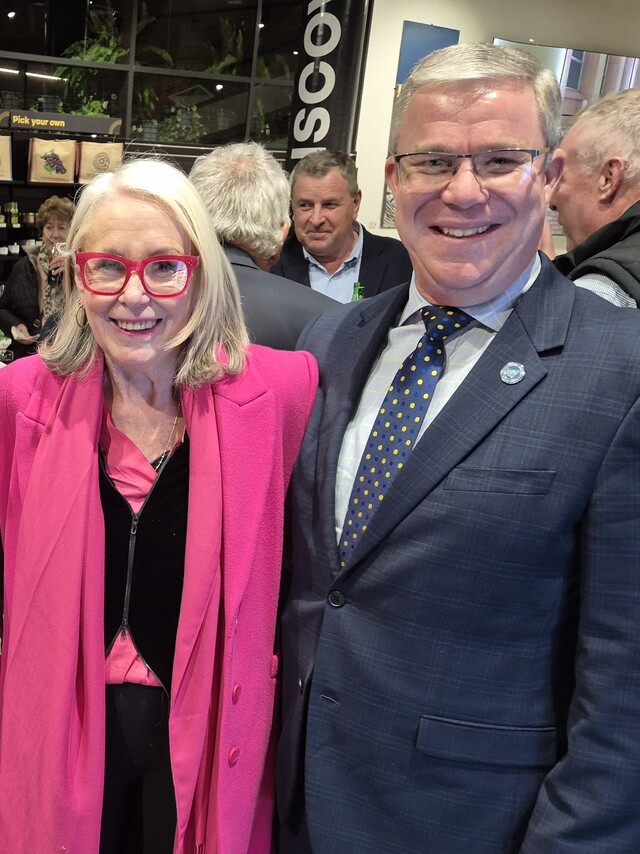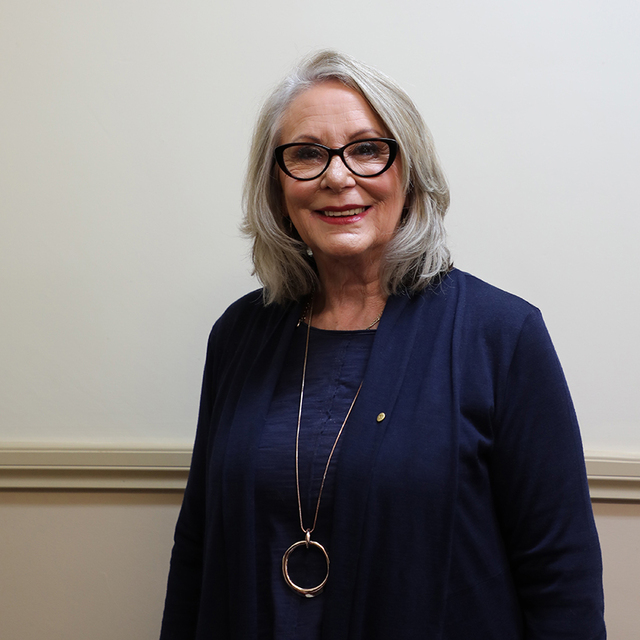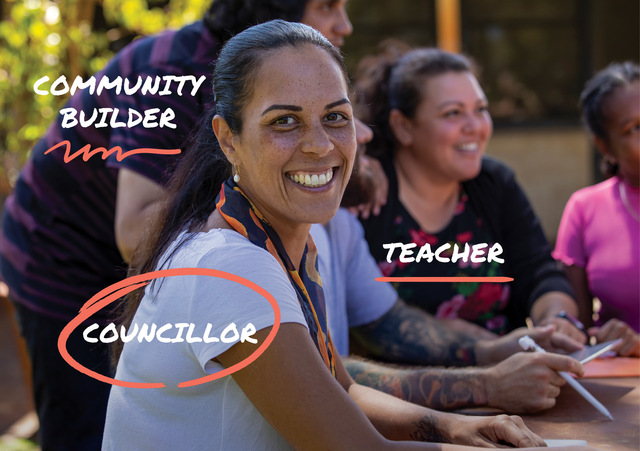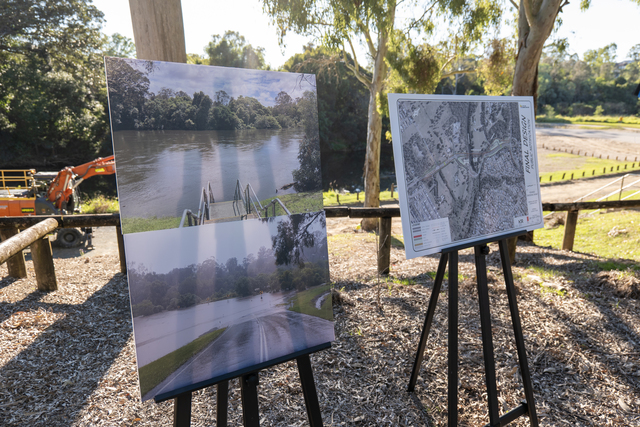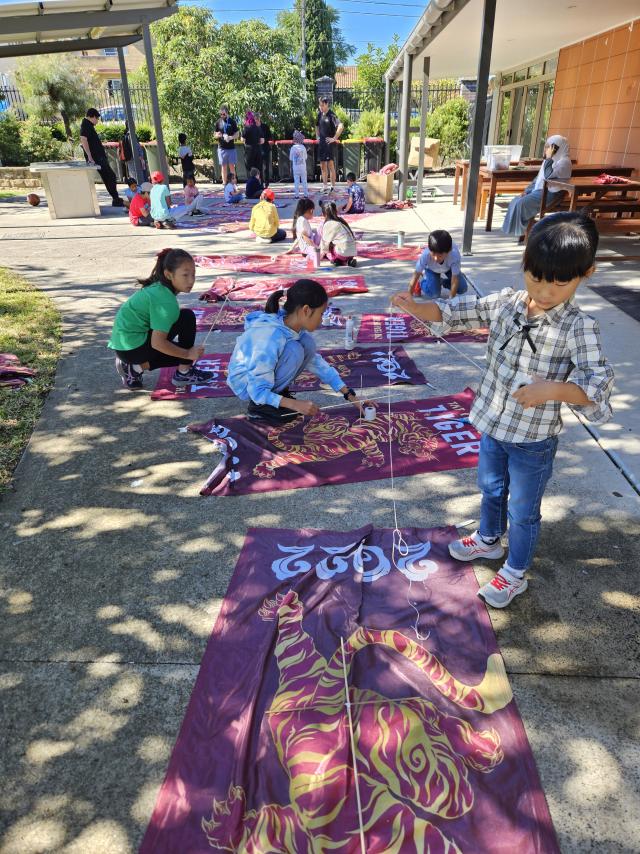Consultation in Local Government is being given a helping hand from new phone and computer technology. In New South Wales and Western Australia, new approaches are being tried to get the community involved in decision making. To tap into the views of a broader range of its community, Sutherland Shire Council in New South Wales has improved its community consultation process by introducing a Computer Aided Telephone Interviewing (CATI) system.
The CATI system provides an effective, cost efficient and statistically valid technique for collecting timely information.
Telephone surveying has the advantages of accessing members of the community that would prefer not to contact Council, or because of illness, disabilities or a variety of other personal reasons are unable to participate in traditional community consultation processes. It means that instead of people having to come to the Local Government with their opinions, Sutherland is reaching out into their very lounge rooms to seek their comments.
As well as a much deeper penetration into all areas of the local community, CATI surveys achieve extremely high success rates. With telephone surveys, Council enjoys a success rate of approximately 30 per cent. This means every third person contacted is prepared to complete a survey, providing a better demographic spread for more comprehensive and representative feedback to assist with Council’s decision making.
In Fremantle, Western Australia, community members can track the status of each issue up for community consultation, download background information, make submissions and check the relevant dates for officer analysis and items going to committees and Council.
The Summary Guide to Citizen Participation and Consultation has also been provided, clarifying the ground rules for community consultation and the overall decision making process.
Fremantle CEO, Ray Glickman, said the new addition to the web site, provided in an easy to read table format, allowed for greater clarity and access to information.
“It’s essentially a one-stop shop that delivers everything people need to know when it comes to the community consultation process,” he said. “In the past, some people have not been clear on how and where to comment and how their input has been used, but this new web site feature allows them to see how the consultative process works from beginning to end.
“People can come back regularly to see how the consultation period is progressing, what’s happening when and who is responsible for coordinating the process, along with their contact details. And the summary guide sets out the rights and responsibilities of citizens, elected members and contact officers, giving information on how to participate and how decisions are made.”


